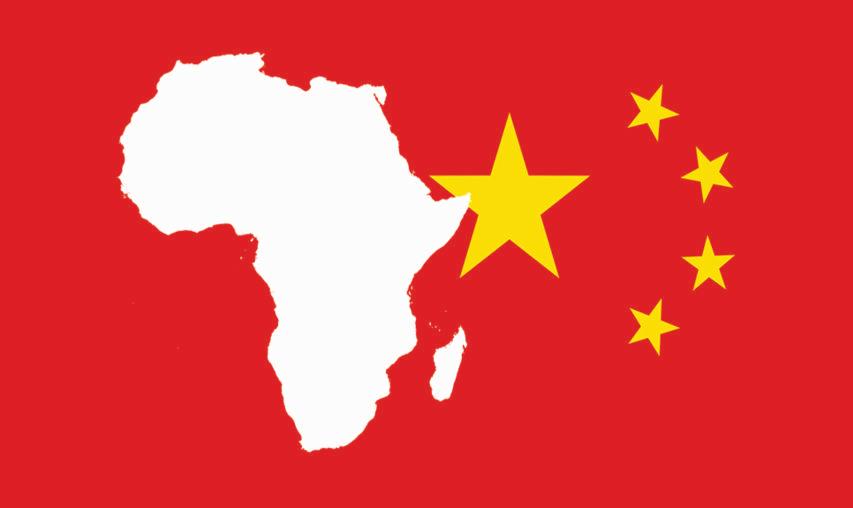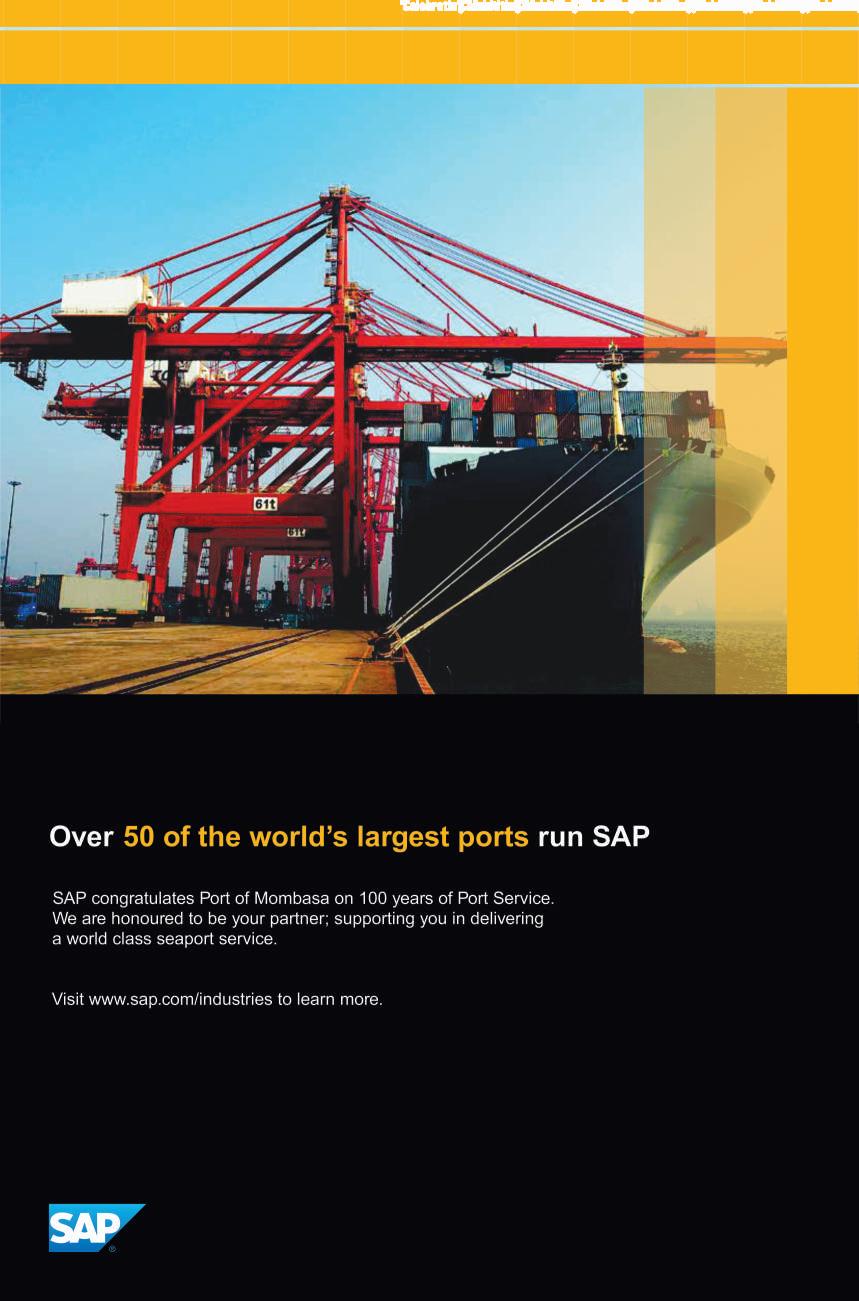
6 minute read
TRADE
TRADE
Sino Africa Trade Remains Strong Despite COVID 19
Advertisement
Trade between China and a number of countries across Africa have reported mixed results in trade figures for the first half of 2020 given the enormous disruption brought about by the COVID-19 pandemic.In some cases, a sharp fall in Chinese imports has been both a blessing and a curse. On the one hand, fewer Chinese imported goods help to narrow the enormous trade deficits that most African countries have with China.This helps when countries don't have to spend as much of their foreign currency on imported products and, in some instances, it's also giving room to domestic producers to help make up the difference. There has been a downside too. Inflation is going up, particularly for goods sold by small businesses, whose inventories are now running dangerously low. Similarly, industrial goods, including Chinese-made chemicals, cement, and machinery, are also in short supply causing widespread economic disruption. In August 2020 the Kenya National Bureau of Statistics (KNBS) reported that the trade deficit fell by 20% in the first half of the year largely due to a sharp drop in trade with China. Although Chinese imports during this period fell by almost 10%, China nonetheless remains Kenya's largest trading partner. The trade deficit is now at its lowest point since 2016. At the same time the Central Bank of Kenya reported that the country burned through almost $400 million of its foreign exchange reserves last month, largely to repay external debts. With more than $6.4 billion of outstanding loans, China is Kenya's largest external creditor. So far, the two countries have been unable to finalize a debt relief plan. The recently launched initiative that comprise a new Container Freight Station at the Kenya Railways Corporation transit shade will be a big boost to local traders who would like to consolidated and have their goods cleared and released for either rail or road transport to their destinations. With this facility, traders will not have to pay the $1,000 as container deposits, which will subsequently reduce the cost of doing business. The Kenya Revenue Authority estimates that the transit shade is expected to serve about 7, 500 small traders in Nairobi and its environs and yield about Sh100 million in taxes every month. An additional shade is expected to be constructed to boost its capacity from the current 100-40 foot containers a month to about 300 containers in the post-Covid period and increase its tax yield to Sh1 billion. DR CONGO reported half-year SinoCongolese trade results had increased by 8.2% compared to the same time last year, to $3.11 billion.The DRC is somewhat exceptional though as it's one of the only countries in Africa that has a trade surplus with China, currently $1.52 billion.
TRADE
In Tunisia the National Institute of Statistics reported that the country's trade deficit in July plunged by 33% year-on-year.While that may appear to be good news, it's actually a symptom of a worrying drop in overall trade with exports falling by 19.5% and imports slumping by 23.2%. China is Tunisia's largest source of imports while France is the country's primary export market. Namibia on the other hand was yet to release monthly trade figures by the time of going to press.Although they've yet to be published, the bigger concern there isn't China but South Africa, where almost half of all Namibian imports come from. China, though, is Namibia's number one export market with uranium and agricultural commodities among the top products. Earlier reports had indicated that Trade between China and Africa plummeted by around 14 per cent estimated at $41 billion in the first three months of 2020 compared to the same period in 2019, according to official figures released by China's General Administration of Customs. The Chinese economy shrunk by 6.8 per cent in the first quarter of the year as the country was on lockdown. With factories and ports closed, in line with the global response of COVID-19, manufacturing output reduced significantly in February across the country due to the coronavirus pandemic decreasing Africa-bound exports from China by 10.5 per cent. China-bound exports from Africa, mostly raw materials for industry, such as oil and metals, also fell by 17.5 per cent in the quarter to US$19.8 billion. As it stands, China is the world's largest oil importer but demand for the fuel from suppliers in African countries like Congo-Brazzaville slumped in line with the economic slowdown, and its price fell on international markets. Since its creation by China in 2013, the large-scale infrastructure and connectivity project Belt and Road initiative have expanded trade links to the Asian Nation. It has also helped to diversify the China-Africa commerce relationship to include telecommunications and machinery. However, raw natural resources such as oil, copper and iron still dominate the trading relationship. So far,Africa has over 30,000 confirmed coronavirus cases and governments have banned movement and gatherings as the central measure to contain the spread of the virus. Different African countries “Have varied trade relationships with China. But the response to COVID-19 must be the same, to upgrade trade relationships with China,” Hannah Wanjie Ryder Chief Executive of Beijing-based Development Reimagined told the media. Ryder further pointed out “ChinaAfrica trade is heavily imbalanced with a large deficit and the corona virus should force countries to rework the nature of the relationship by adding value to their exports and using Chinese expertise to open more factories on the continent.”

TRADE
Trade slump likely to worsen during the second quarter. Even though China started to come out of the worst of the corona virus at the end of the first quarter, as industries finally allowed back in operations, many African countries began the second quarter of 2020 in lockdowns and curfews, and it is still uncertain when they will be lifted. With most airports and borders across the continent closed coupled with low domestic spending during the lockdown, the second quarter will likely follow the downward trend in trade volumes not only with China but with the rest of Africa's trading partners. Thus, experts predict that, trade between China and Africa is expected to further slump in the coming months as new cases continue to rise in other parts of the world. In its “Africa Pulse” report, the World Bank said that sub-Saharan countries' high levels of trade and connectivity with China left them highly vulnerable to the impact of the global health crisis. China-Africa bilateral trade has been steadily increasing for the past 16 years, according to John Hopkins University, reaching $185 billion in 2018 up from $155 billion in 2017. Likely economic impact of the trade fall. Economies in Sub-Saharan Africa could lose between $37 billion and $79 billion in output losses in 2020 due to the pandemic, according to a new World Bank regional economic analysis. For instance, the COVID-19 (coronavirus) outbreak has led to the first recession in the Sub-Saharan Africa region in 25 years, with growth forecast at-5.1 per cent in 2020 from a modest 2.4 per cent in the previous year (2019), leaving the sub-Saharan countries highly vulnerable, according to the latest Africa's Pulse, the World Bank's bi-annual analysis of the state of the region's. Additionally, COVID-19 has the potential to create a severe food security crisis in the region, with agricultural production contracting between 2.6 per cent and 7 per cent in the scenario with trade blockages. Food imports could decline substantially (as much as 25 per cent or as little as 13 per cent) due to a combination of higher transaction costs and reduced domestic demand. These consequences result from a combination of influences, such as the disruption in trade and value chains affecting commodity exporters and countries with strong value chain participation, the reduced foreign financing flows of foreign direct investments, foreign aid, remittances, tourism revenues, and capital flight among others. The disruptions also stem from containment measures imposed by governments and the response of citizens. However, the report highlights health risks due to the region's unique challenges—especially the limited access to safe water and sanitation facilities, urban crowding, weak health systems, and a large informal economy.












